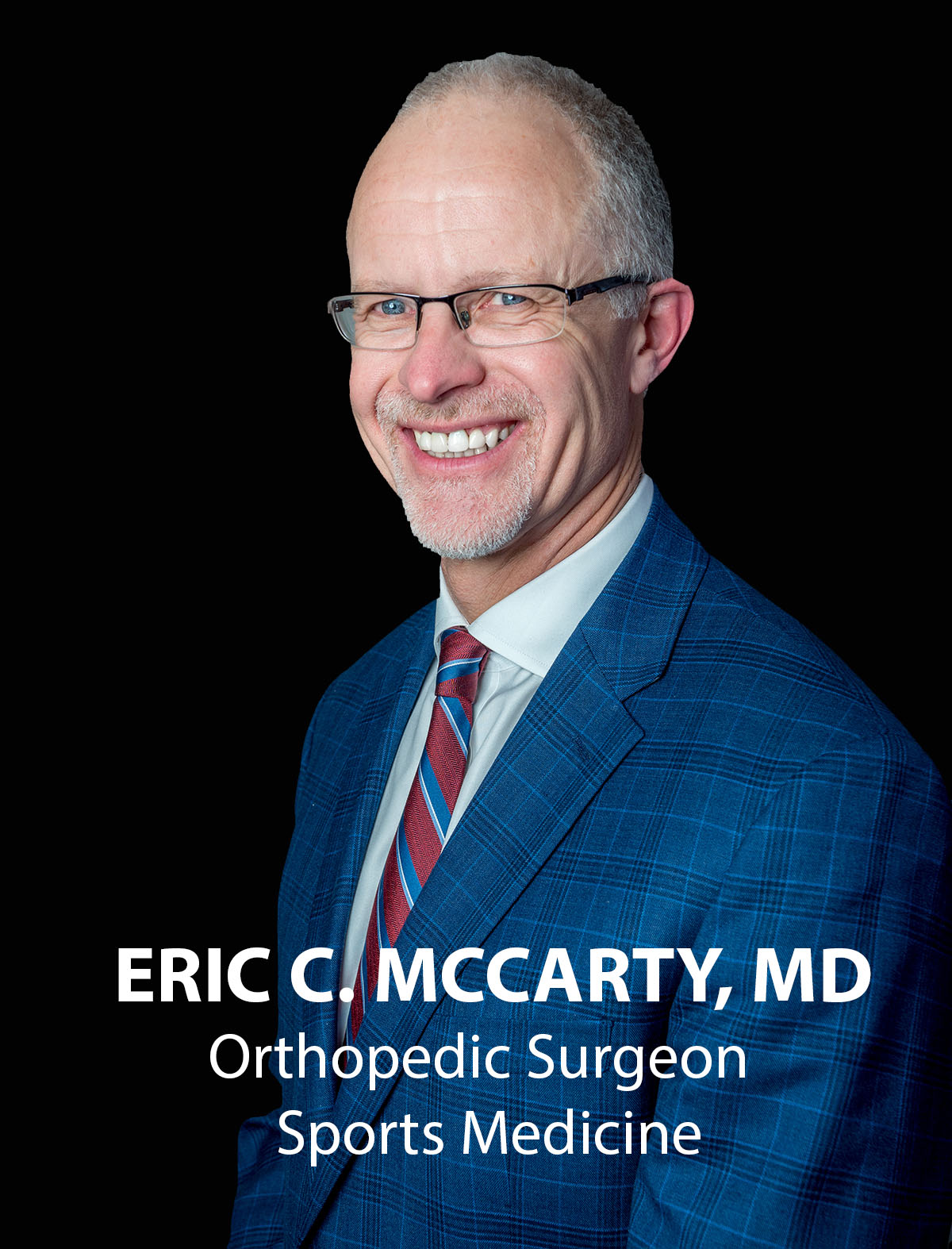Clavicle Fracture
Clavicle Fracture
The shoulder is considered one of the largest joints in the body, formed by the articulation of the shoulder blade (scapula) and bone of the upper arm (humerus). The clavicle or collarbone is a prominent bone that attaches to the scapula and ribcage, providing support to the shoulder joint and protecting important nerves that run behind it.
The clavicle usually fractures with high-energy traumatic impact such as a car collision, or during a fall onto the shoulder or an outstretched arm. Clavicle fractures commonly occur in the middle of the bone and occasionally where it attaches to the shoulder blade or ribcage.
Clavicle fracture is very painful and makes it difficult to move your arm. Clavicle fracture repair surgery uses plates and screws to fix severe clavicle fractures.
Indications
Clavicle fractures may be treated with conservative, non-operative methods such as applying a sling or brace and physical therapy to restore motion. However, your doctor may recommend surgical repair when:
- Broken ends of the bone are displaced
- Bone has broken through the skin (open Fracture)
- Multiple fractures are present
- Injury to associated blood vessels or nerves
- Non-union or malunion of bones: clavicle does not heal or heals in the wrong position
- Associated shoulder blade fracture
However, surgery is contraindicated in:
- Older people with a sedentary lifestyle
- Presence of infection at the operation site
- Prior irradiation of soft tissues at operation site
- Burns over the fracture
- Surgical procedure
Clavicle fracture repair is performed under general anesthesia. You will be placed in a beach chair position. Your surgeon makes an incision in line with or perpendicular to the clavicle bone. The fat and muscles layers are carefully separated to expose the fractured clavicle. The fractured bone is carefully positioned back to its normal alignment. A metal plate is positioned along the reduced clavicle bone and held in place with tacks or clamps. Screws are drilled into the bone through holes present in the plate. Pins may also be inserted to stabilize the bone while it heals. While the plates and screws are permanently placed, pins may be removed once the fracture has healed. Your surgeon will use fluoroscopy (live X-ray) to ensure that the screws and pins are placed in the right position and the underlying tissue is not harmed. Once the plate and screws are placed, the overlying tissue and incision is sutured and a dressing applied.
Post-Operative Care
Following surgery, you may experience numbness just below the incision, which will recover with time. You can feel the plate just below your skin as there is less fat over the collarbone.
You will be given physical therapy to assist with regaining function of the shoulder. Therapy will first involve gentle motion exercises. As your fracture heals, your doctor will gradually include strengthening exercises that will help restore movement in your shoulder.
You will be able to resume regular activities after about 3 months. Your doctor will be able to advise you when your shoulder has completely healed. You should avoid strenuous activities and lifting heavy weights before that time. After complete healing, you will be able to safely return to sports activities.
Risks and Complications
As with all surgical procedures, clavicle fracture repair may be associated with some of the following risks and complications:
- Bleeding
- Infection
- Pain
- Blood clots in the leg
- Lung injury
- Refracture
- Need for revision surgery or hardware removal
- Injury to neighboring nerves and blood vessels
Clavicle fracture repair using plates and screws is a standard surgical procedure that provides good results in stabilizing and resuming normal range of motion to the shoulder joint.







